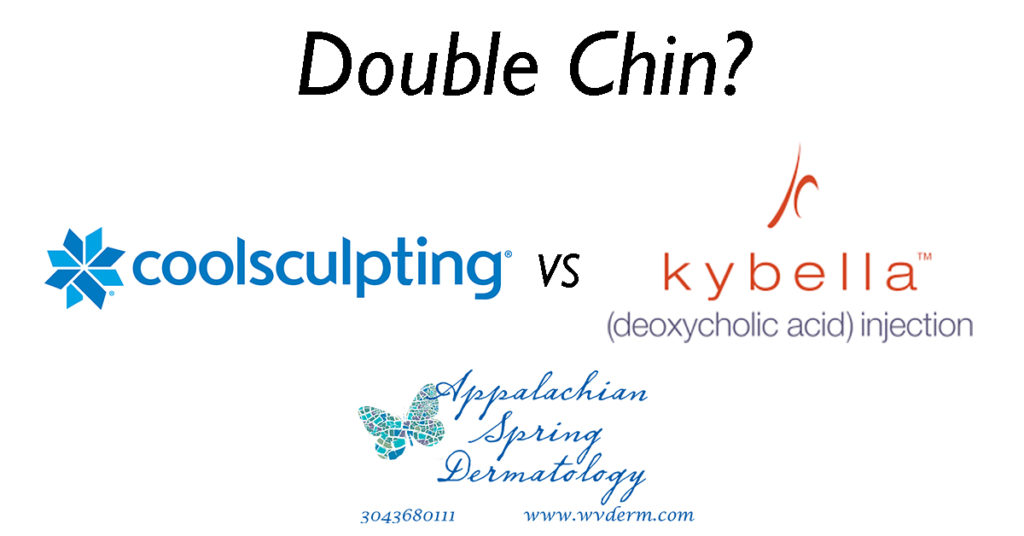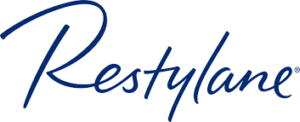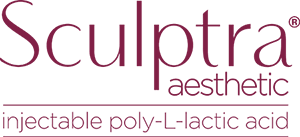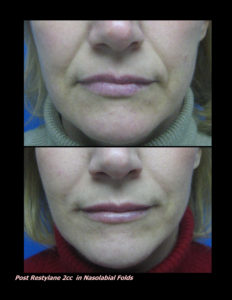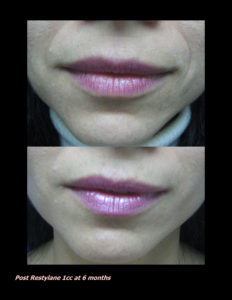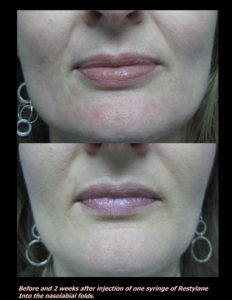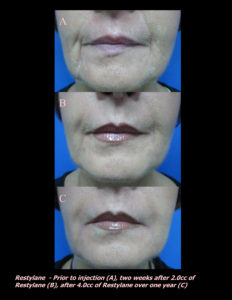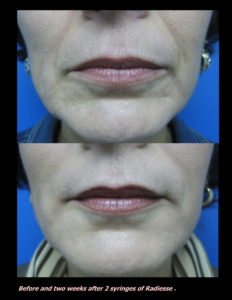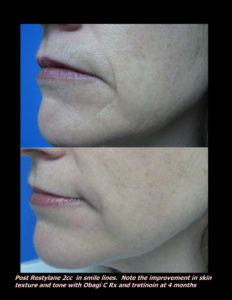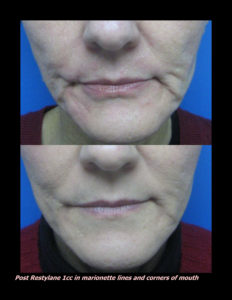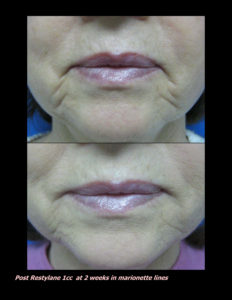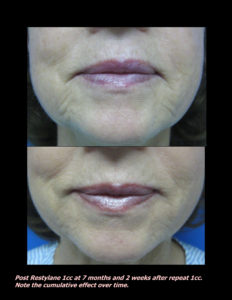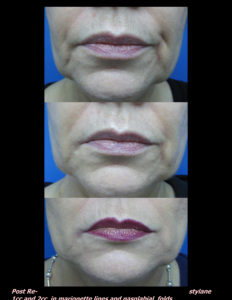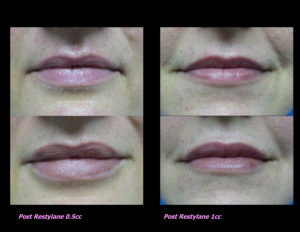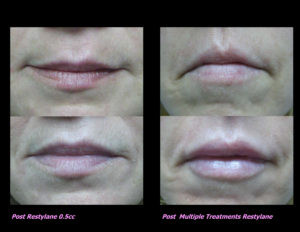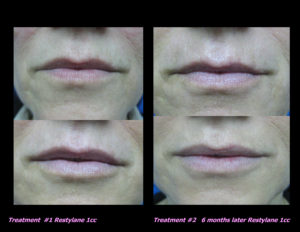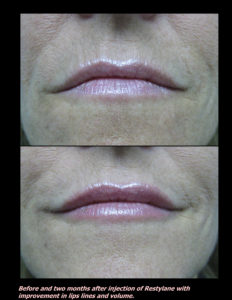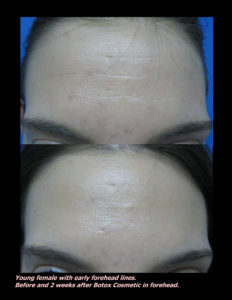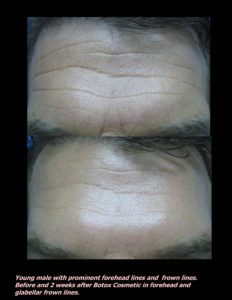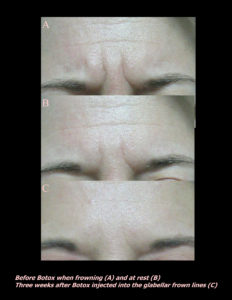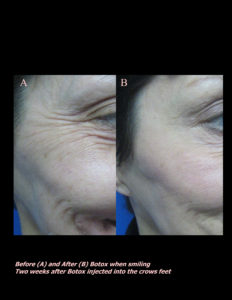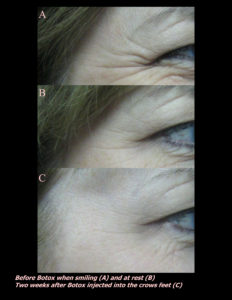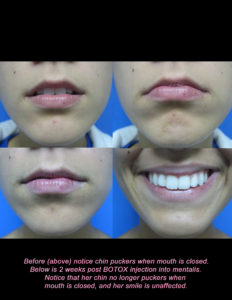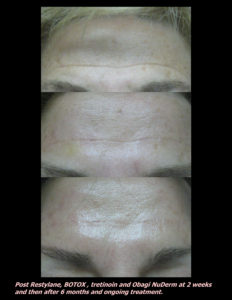What is Photodynamic Therapy?
 When discussing treatment options for , precancerous red scaling spots, I usually present them with three major choices. For a more detailed review of all of the choices see our Actinic Keratosis information sheet. In general the three major options and their ups and downs are…
- Cryosurgery or freezing –Best if there are just a few lesions. Benefit is that it is quick and easy and most insurances cover this therapy. After treatment in the office, the treated spots usually fall off in 7-21 days. Biggest negative is that it can leave some discoloration or a scar.
- Creams – There are a variety of chemotherapy creams available. Generally, I consider this to be the most effective and thorough option, but it is miserable and expensive. As a positive, it can be thorough in that it can be applied to a large area. Application of creams to the area causes destruction of any abnormal cells.  Lesions usually resolve nicely without any discoloration or scarring. However, any abnormal areas turn red, scabby and crusty for about 6 weeks.  Most of the creams are applied for 30 days and it takes a few weeks for the reaction to resolve. Unfortunately, the price on these creams has greatly increased to over $1000 in many cases.  To read more about these creams, check out our  on Topical Chemotherapy for your skin.
- Photodynamic therapy (PDT)– is a light treatment that is done in the office and is covered by many but not all insurances. Usually performed on the entire face or scalp, the benefit again is that we can be very thorough without the extensive redness, scabbing and crusting.
In photodynamic therapy (PDT) patients come into the office. After washing the area to be treated, a solution called aminolevulanic acid ( name brands  or ) is applied. The solution is then allowed to incubate for 45-90 minutes. During the incubation period, the solution is preferentially absorbed by abnormal precancerous cells. After the incubation period, the patient sits under a panel of blue lights called BLU-U for 16 minutes. As an addition benefit, the solution is also absorbed by oil glands causing improvement in enlarged oil glands, rosacea and acne. Finally, this treatment greatly improves the appearance of the skin all around improving texture, tone and youthfulness of the skin.
Who is a candidate?
Patient with diffuse actinic keratoses, moderate to severe acne and/or rosacea, or moderate to extensive sun damage are good candidates for photodynamic therapy.
If you are pregnant, have been on Accutane within 3 months, or have an active cold sore you should not have this procedure.
How many treatments are required?
For precancerous actinic keratosis, a number of more recent studies show that patients have a better longer term result if two treatments are performed within a few months. Occasionally, thicker actinic keratoses may not fully respond to light treatments, and alternative treatments, such as cryotherapy or topical chemotherapy, may be necessary. Subsequent actinic keratoses may develop over time and future treatments may be needed. If there is one lesion that is particularly resilient, we will biopsy any resistant lesions.
Acne breakouts can be greatly reduced in three treatments and rosacea is usually improved in three to five treatments. Rosacea and acne can be chronic conditions, and maintenance treatments may be necessary to remain in remission.
Are there any negatives?
Some patients experience minimal tingling and burning when the solution is first applied. Rarely, patients experience discomfort while sitting under the lights. ALL PATIENTS will be extremely sensitive to ALL LIGHT for 24 to 48 hours. For this reason, we recommend that patients STAY INSIDE in dim light especially for the first 24 hours. Sunscreen WITH ZINC will need to be applied every 2 hours while awake for the first 48 hours. Those who follow this instruction experience redness and peeling similar to that seen with a decent sunburn that resolves in 4-7 days.
PATIENTS WHO DO NOT FOLLOW THESE INSTRUCTIONS WILL HAVE SEVERE REDNESS AND BLISTERING, LONGER HEALING TIME AND POSSIBLE SCARRING!
Also, if someone is prone to having cold sores, the treatment could bring on a cold sore. If you are prone to cold sores or if you have had shingles on your face, please let us know so we can prescribe you preventive medications.
What happens after Photodynamic Therapy?
A sunblock containing zinc oxide should be used every 2 hours while awake for at least 48 hours following a treatment. Consider a broad-rimmed hat even when going to and from your car. Makeup may be applied immediately after your treatment. Normal skin care can be resumed after 48 hours unless otherwise directed by your provider. It will take at least 6-8 weeks to see the full result.
Immediately After Treatment One Day After TreatmentCan another type of light be used?   We can use intense pulsed light which may be more effective for those with rosacea or discoloration. Also, studies are currently underway to use outdoor UV light instead of the BLU-U device. Ameluz can also be activated with red light.
What is the cost of Photodynamic Therapy?
For the treatment of actinic keratoses, most insurances including Medicare now fully cover this procedure. However, treatments for conditions such as acne, rosacea, and sun damage are at this time rarely covered by insurance. For these conditions, the cost of the treatment is 150/per session PLUS the cost of the solution ($75-425 depending on pharmacy benefits). Payment is required in full prior to each treatment. Any amount reimbursed by your insurance company will then be directly reimbursed to you. If you would like to check on your insurance company’s reimbursement, you will need the following codes,  96573 and J7308 for Diagnosis (ICD10) of Actinic Keratoses L57.0.
What should I do to treat my skin after the initial healing?  I often recommend that patients consider two things to prolong and enhance their result. Start using prescription strength Retin A nightly AND Start wearing a sunscreen daily.
If you have a friend or relative with extensive sun damage, please share this information with them!
If you find these blog posts helpful, please share them on facebook, twitter or your social media preference using the buttons above. Â Also, you can email them to a friend.
If you would like to receive these posts in your email inbox by clicking on this link.
If you would like to schedule a consultation to see if this procedure is right for you, call the office at 3043680111.
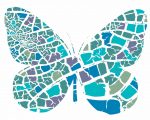

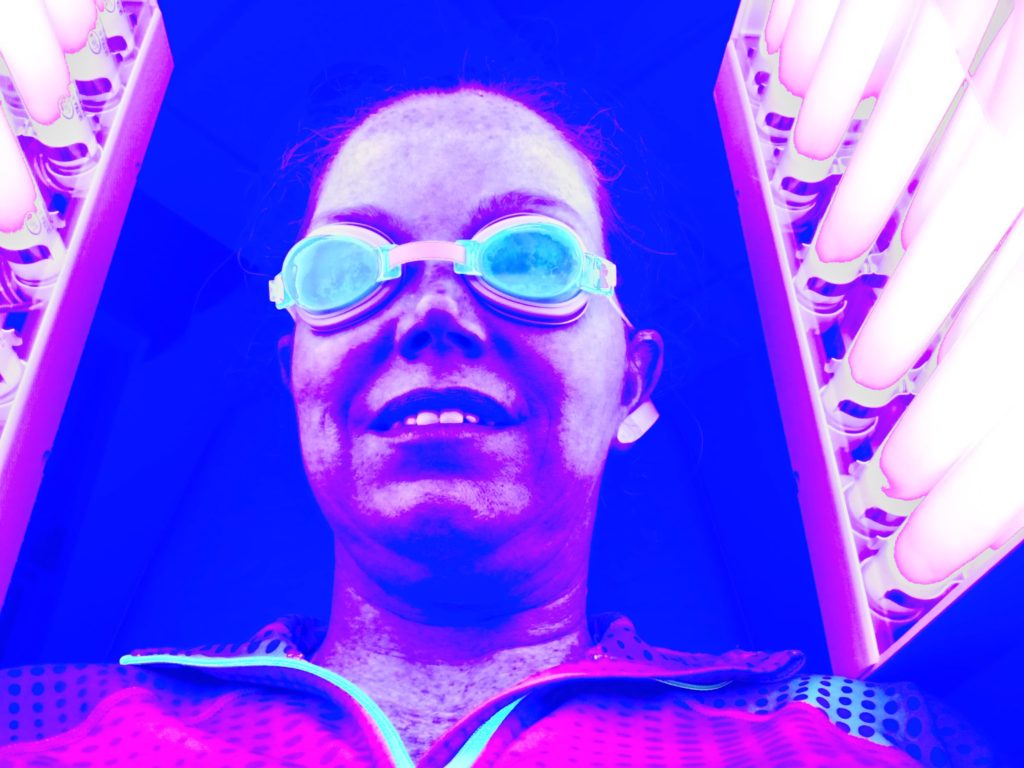


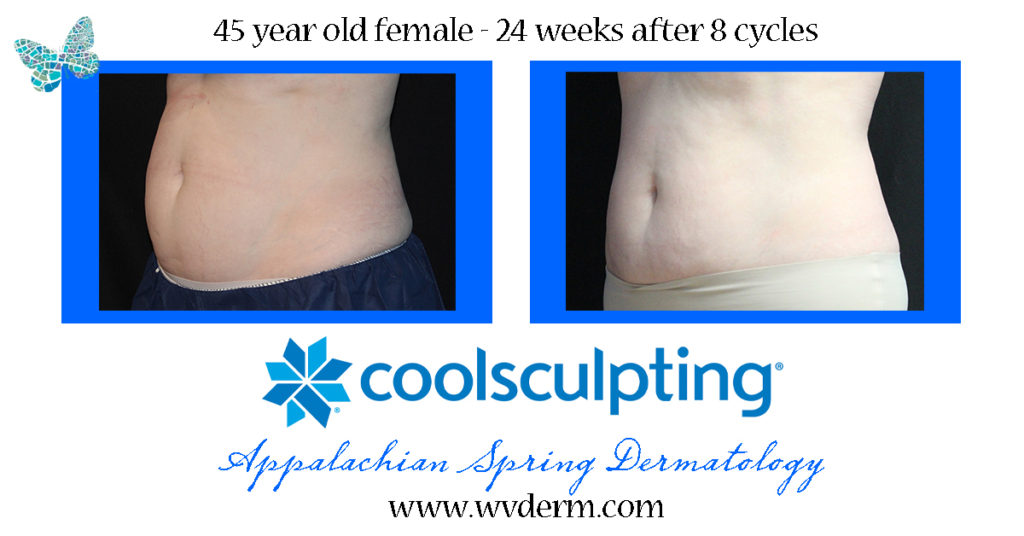
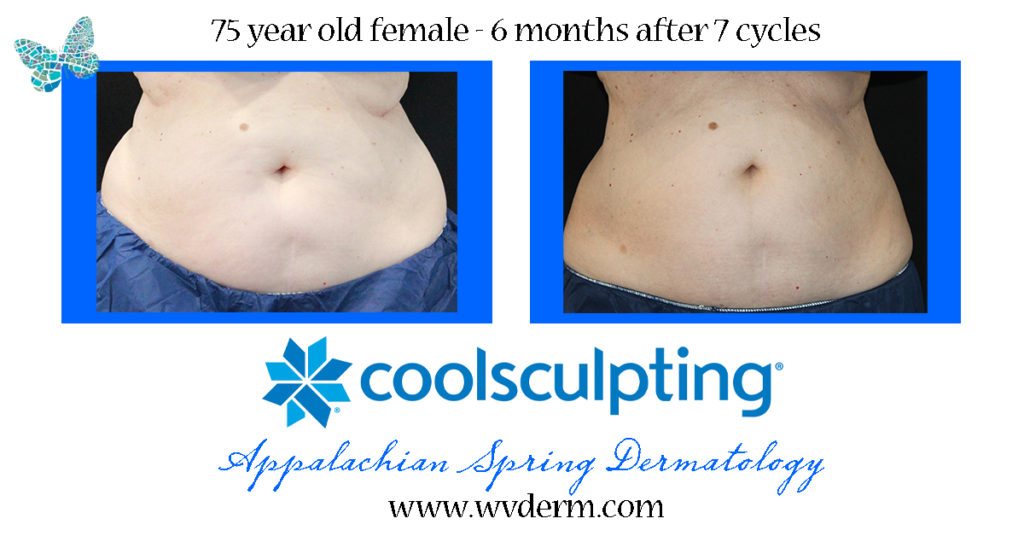
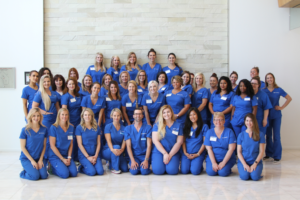
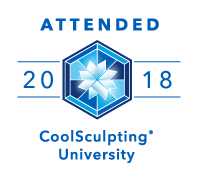
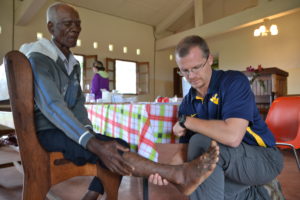
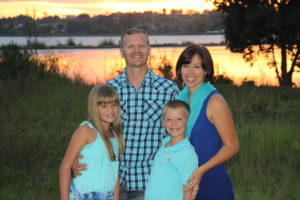
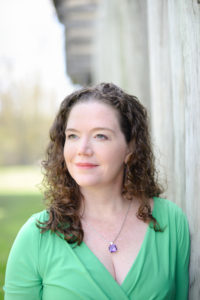
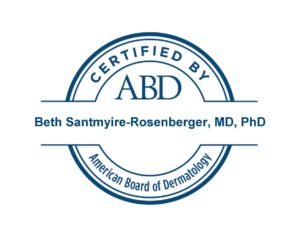

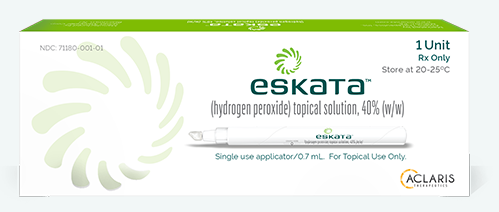

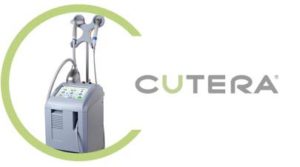 Laser Vein Reduction Treatments
Laser Vein Reduction Treatments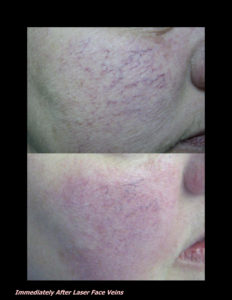
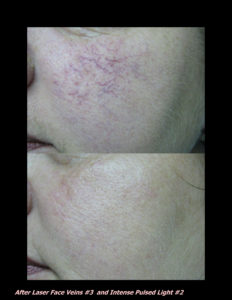
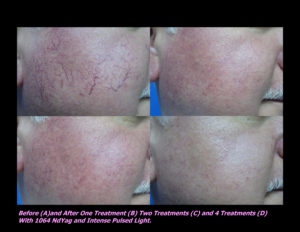
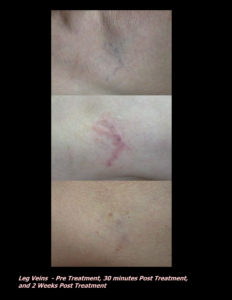
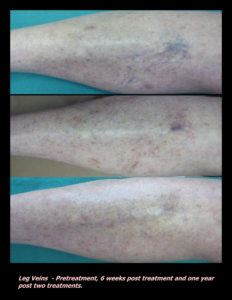
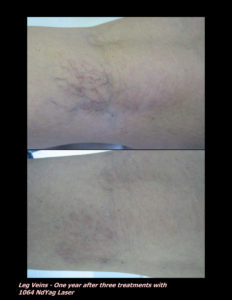
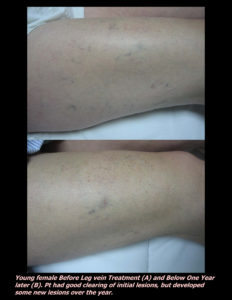
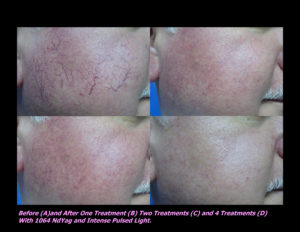
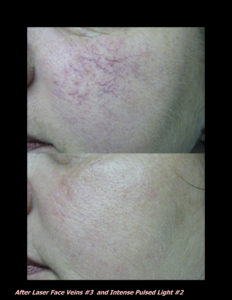
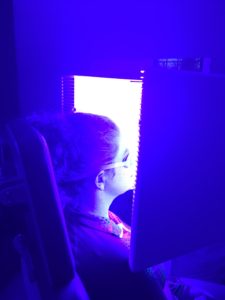
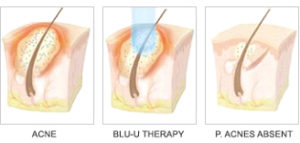
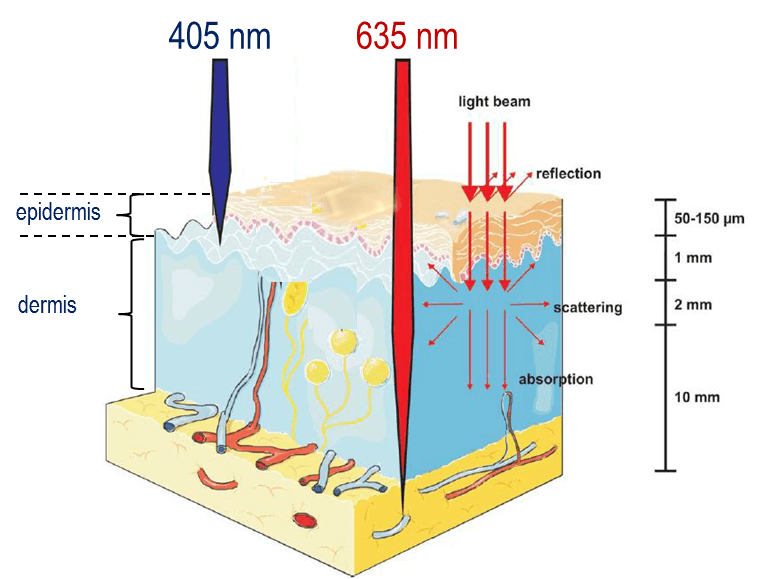
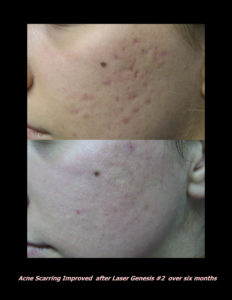
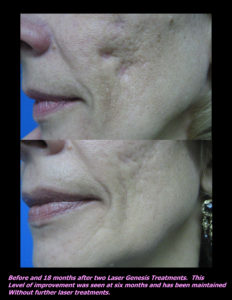
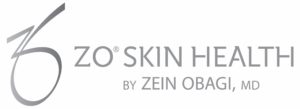

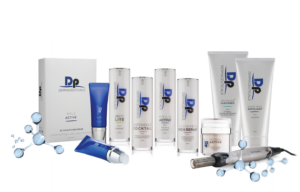 DP Dermaceutical Products
DP Dermaceutical Products